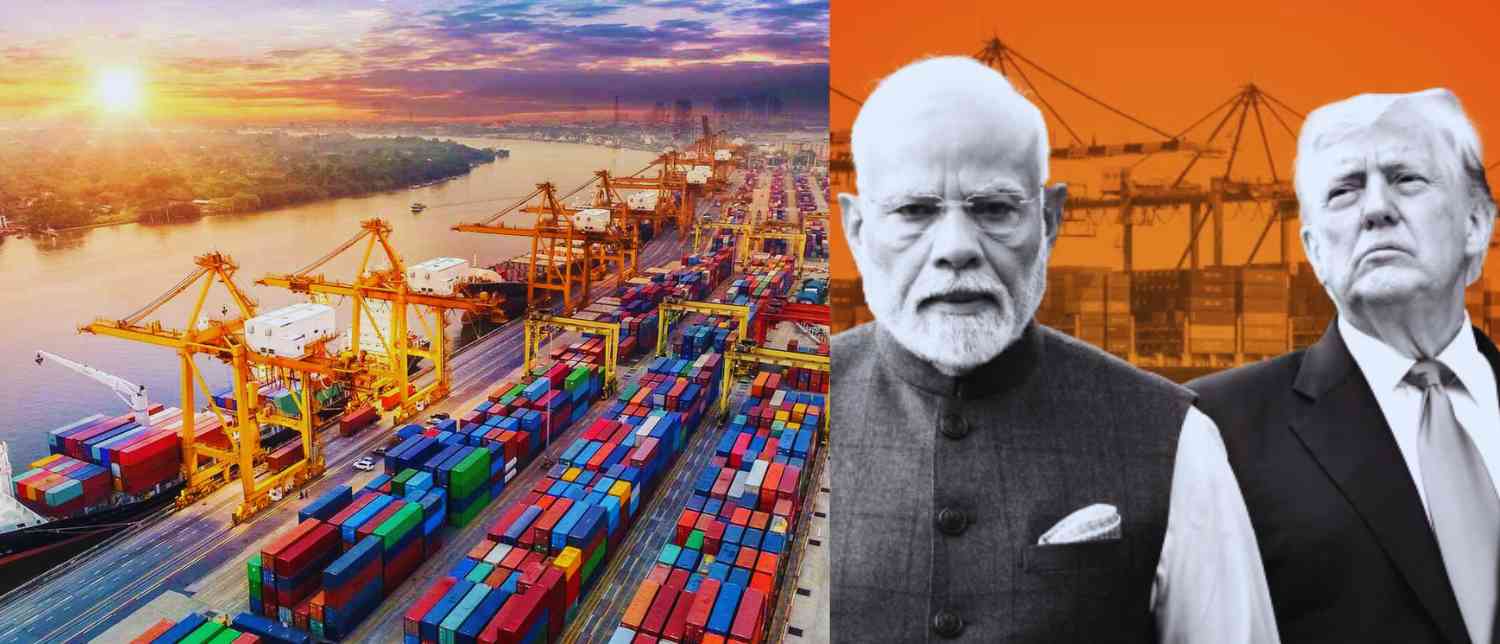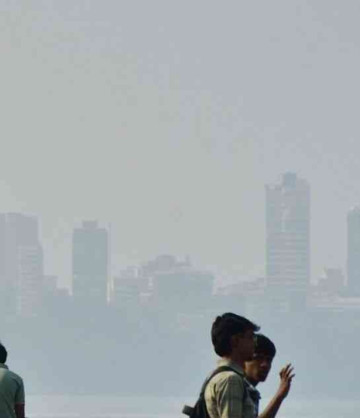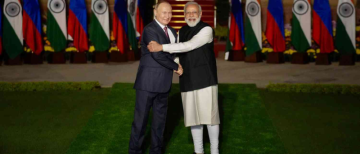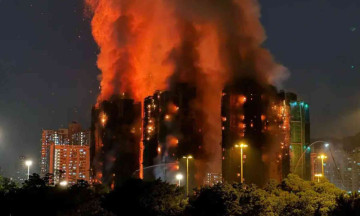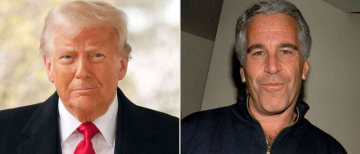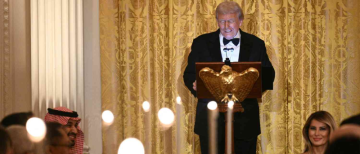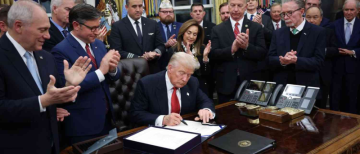After five rounds of intense negotiations, hopes for a major India-US trade deal have come to a sudden halt, leaving both nations with unanswered questions and growing tensions. The talks, which aimed to reduce trade barriers and boost economic cooperation between the world’s fifth-largest economy, India, and the largest, the US, ended without an agreement. Key issues such as tariffs, energy purchases, and defense imports failed to find common ground, revealing a deeper problem of political misjudgments and communication gaps.

India and the US share a robust trade relationship worth over $190 billion, with ambitions to double this to $500 billion by 2030. India had pledged to increase its purchases of US energy and defense equipment while offering zero tariffs on industrial goods, which form 40 percent of US exports to India. Despite these offers, the US demanded greater concessions, viewing India’s tariffs and trade barriers as too high compared to other countries. India, meanwhile, hardened its stance on sensitive sectors like agriculture and dairy, making it difficult to reach a compromise.
A key factor behind the breakdown was a mix of overconfidence and missed signals. Indian officials were optimistic after talks and expected a deal announcement ahead of the August 1 deadline, encouraged by US President Donald Trump’s earlier statements. However, Trump’s demands escalated, and he pushed for more significant market access and larger purchases from India. Unlike deals with Japan, the EU, and even Pakistan, India was not willing or able to match the concessions required, leading to frustration on the US side.
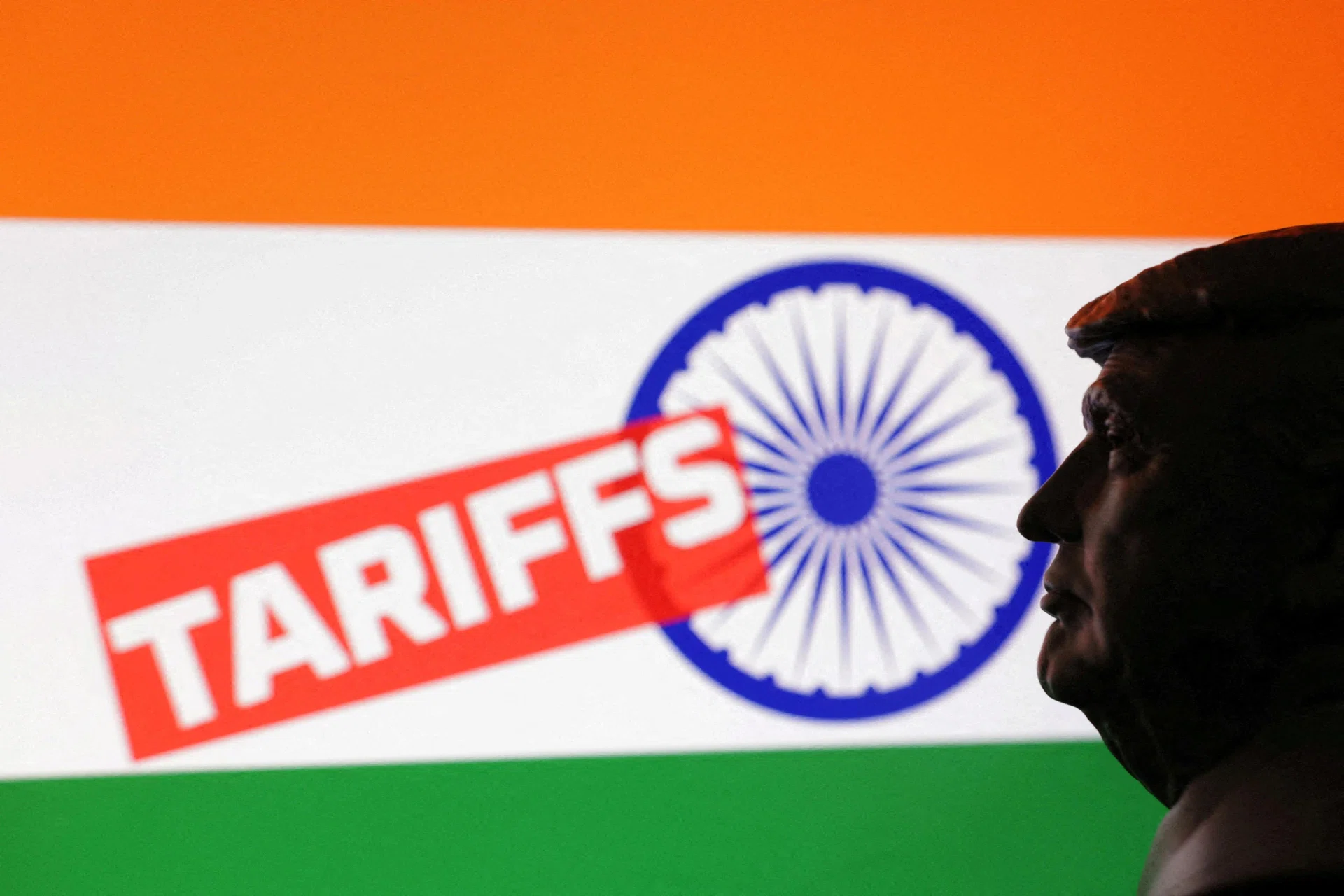
Communication problems worsened the situation. There was no direct conversation between Prime Minister Narendra Modi and President Trump during the critical phase of the talks. This gap was compounded by Trump’s controversial remarks on India’s relationship with Pakistan, which offended Indian leaders and created diplomatic strains. Officials on both sides acknowledged that better communication might have prevented the collapse, but political sensitivities and mistrust stood in the way.
As a result of the failed deal, the US imposed a 25 percent tariff on Indian imports starting August 1, plus additional penalties related to India's oil and arms purchases from Russia. These measures could slow India’s economic growth, with experts forecasting a possible decline in GDP growth by around 0.2 percent due to higher trade costs. Indian markets reacted negatively, although some experts believe the long-term strategic partnership between the two countries will endure beyond these setbacks.
Looking ahead, talks are not entirely over. A US delegation is expected to visit Delhi for further discussions, and Indian officials remain hopeful of salvaging a deal. However, the current crisis highlights the complex realities of international trade negotiations where economic interests, domestic politics, and diplomatic relations intersect. Both sides must navigate these complexities carefully if they are to restore trust and progress toward a mutually beneficial agreement.
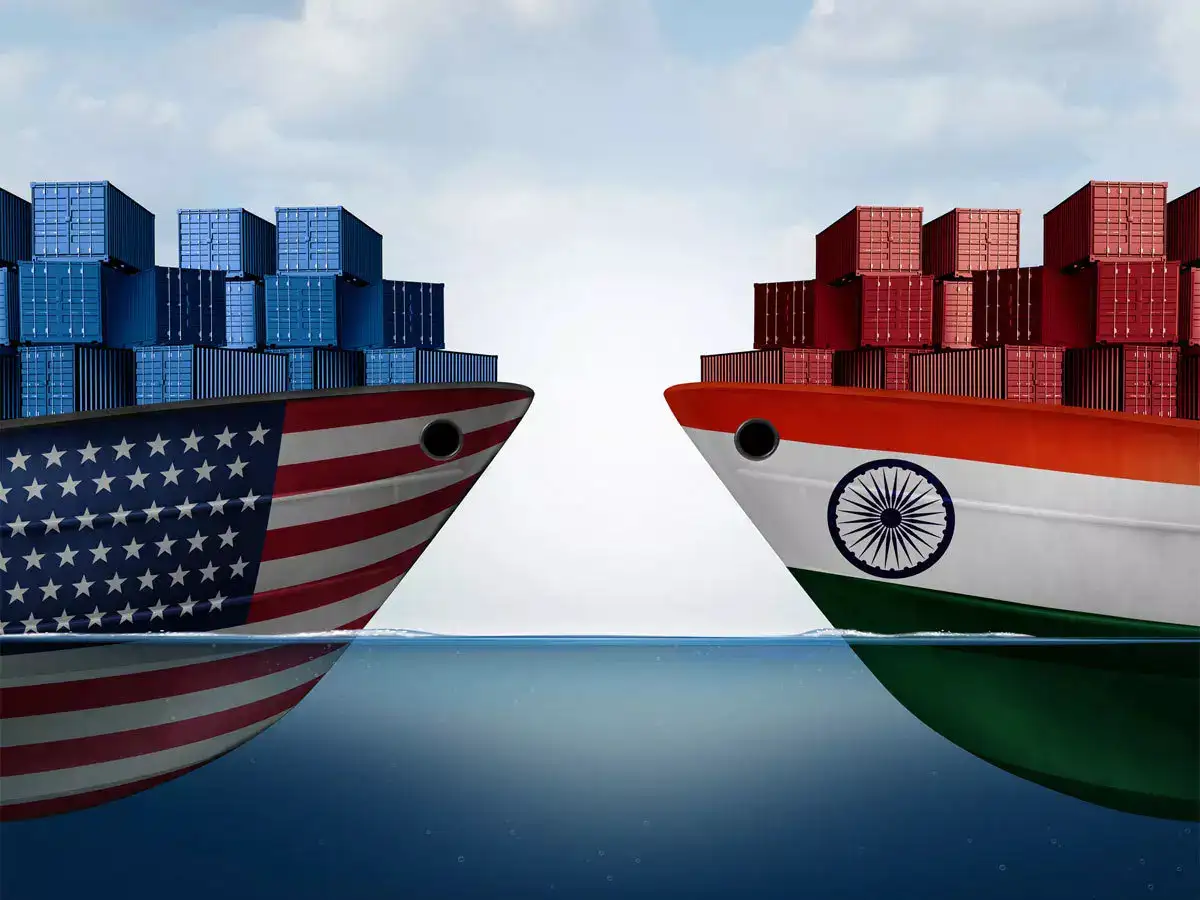
This episode serves as a reminder that successful trade deals require more than technical terms—they depend heavily on political will, clear communication, and mutual understanding. Without these, even the most promising negotiations can falter, leaving both nations to face economic and diplomatic challenges.
With inputs from agencies
Image Source: Multiple agencies
© Copyright 2025. All Rights Reserved. Powered by Vygr Media.

